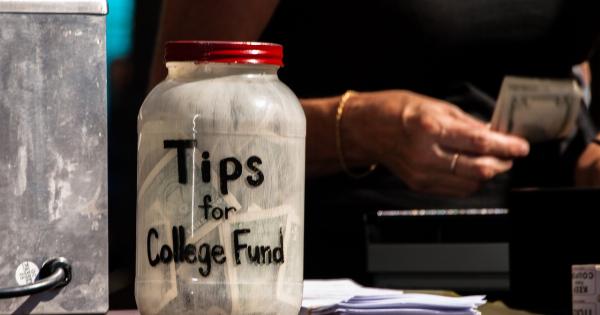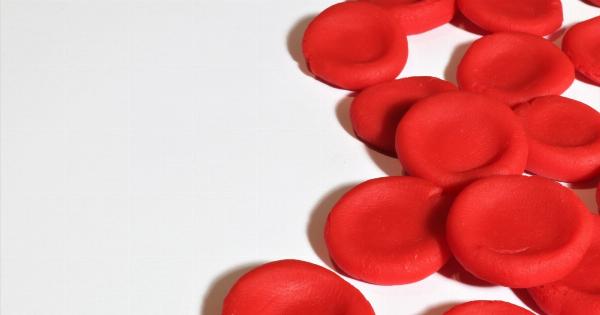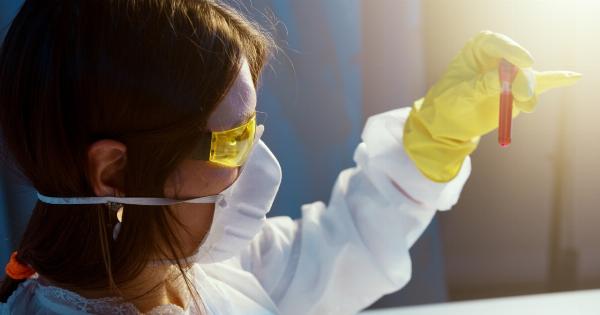Every year, countless people around the world need blood transfusions, whether it’s because of a medical emergency or a chronic condition like cancer or sickle cell anemia.
Unfortunately, there are nowhere near enough blood donors to meet this demand. According to the World Health Organization (WHO), around 118.4 million blood donations are collected globally each year – but this amount falls short of the 125 million donations needed to keep up with demand.
So, what can YOU do to help? It’s simple: Donate blood and save lives.
Who Can Donate Blood?
First things first: Can you donate blood? To be eligible, you need to be at least 17 years old (or 16 with parental consent), weigh at least 110 pounds, and be in good health.
There are a few other factors that could disqualify you from donating, such as certain medical conditions or recent travel to certain countries, so it’s always a good idea to check with your local blood donation center to see if you’re eligible.
What Happens When You Donate Blood?
If you’re eligible and decide to donate blood, here’s what you can expect: First, you’ll fill out some paperwork and answer some questions to make sure you’re a suitable donor.
Then, a trained healthcare professional will take a sample of your blood to test for things like your blood type and whether you have any infectious diseases. Once that’s all cleared, it’s time for the actual donation. You’ll be seated comfortably in a chair or bed, and a needle will be inserted into your arm.
The amount of blood you’ll donate depends on your weight and height, but it’s typically around a pint (or 500 milliliters) of whole blood. The actual donation process usually takes less than 15 minutes, and most people don’t feel any significant discomfort. Afterward, you’ll be given some snacks and fluids to help replenish your body.
The whole process usually takes around an hour from start to finish.
Why Should You Donate Blood?
Aside from the obvious benefit of helping to save someone’s life, there are a few other good reasons to donate blood:.
- It’s quick and easy. As we’ve already mentioned, donating blood usually takes less than an hour. Most people can donate every 8 weeks, so it’s not a huge time commitment.
- You’ll get a free mini-physical. The pre-donation screening process, which includes things like checking your blood pressure and iron levels, can give you some valuable insight into your overall health.
- You’ll feel good about yourself. Knowing that you’ve helped someone in need can give you a warm fuzzy feeling that lasts long after your actual donation.
- You might actually need blood yourself someday. You never know when a medical emergency might strike, and if you or a loved one ever need a blood transfusion, you’ll appreciate the generosity of blood donors.
How Does Blood Donation Save Lives?
So, let’s get down to the nitty-gritty: How does donating blood actually help to save lives? Here are a few scenarios:.
- A person who has lost a lot of blood due to an injury or surgery may need a transfusion to replace the lost blood and restore their body’s oxygen-carrying capacity.
- Someone with a condition like leukemia or lymphoma may need multiple blood transfusions to help combat the effects of their disease and the treatments they’re receiving.
- A baby born prematurely may need a blood transfusion to help address complications related to their development.
In each of these scenarios, and many more besides, donated blood can quite literally mean the difference between life and death.
Where Can You Donate Blood?
If you’re ready to do your part and donate blood, the next step is finding a blood donation center near you. Many hospitals have their own blood banks, or you can look for a community donation center.
The American Red Cross is also a popular choice for blood donation in the United States. Check out this list from the WHO to find a blood donation center near you:.
https://www.who.int/bloodservices/links/lmbb_centres/en/Tips for a Successful Blood Donation
If you’re nervous about donating blood, here are a few tips to help make the process as smooth as possible:.
- Drink lots of water in the days leading up to your donation to help keep your body hydrated.
- Eat a healthy, iron-rich meal on the day of your donation.
- Bring a book or some music to keep you occupied during the actual donation process.
- Wear a shirt with short sleeves to make it easier for the healthcare professional to access your arm.
- After your donation, don’t do any heavy lifting or vigorous exercise for the rest of the day. Your body needs time to replenish the blood you’ve donated.
The Bottom Line: Donate Blood. Save Lives.
Donating blood is a simple yet incredibly impactful way to make a difference in the lives of others. Whether you’re donating for the first time or the fiftieth, every donation counts.
So if you’re eligible, consider making a blood donation part of your regular routine. You never know whose life you might be saving.





























